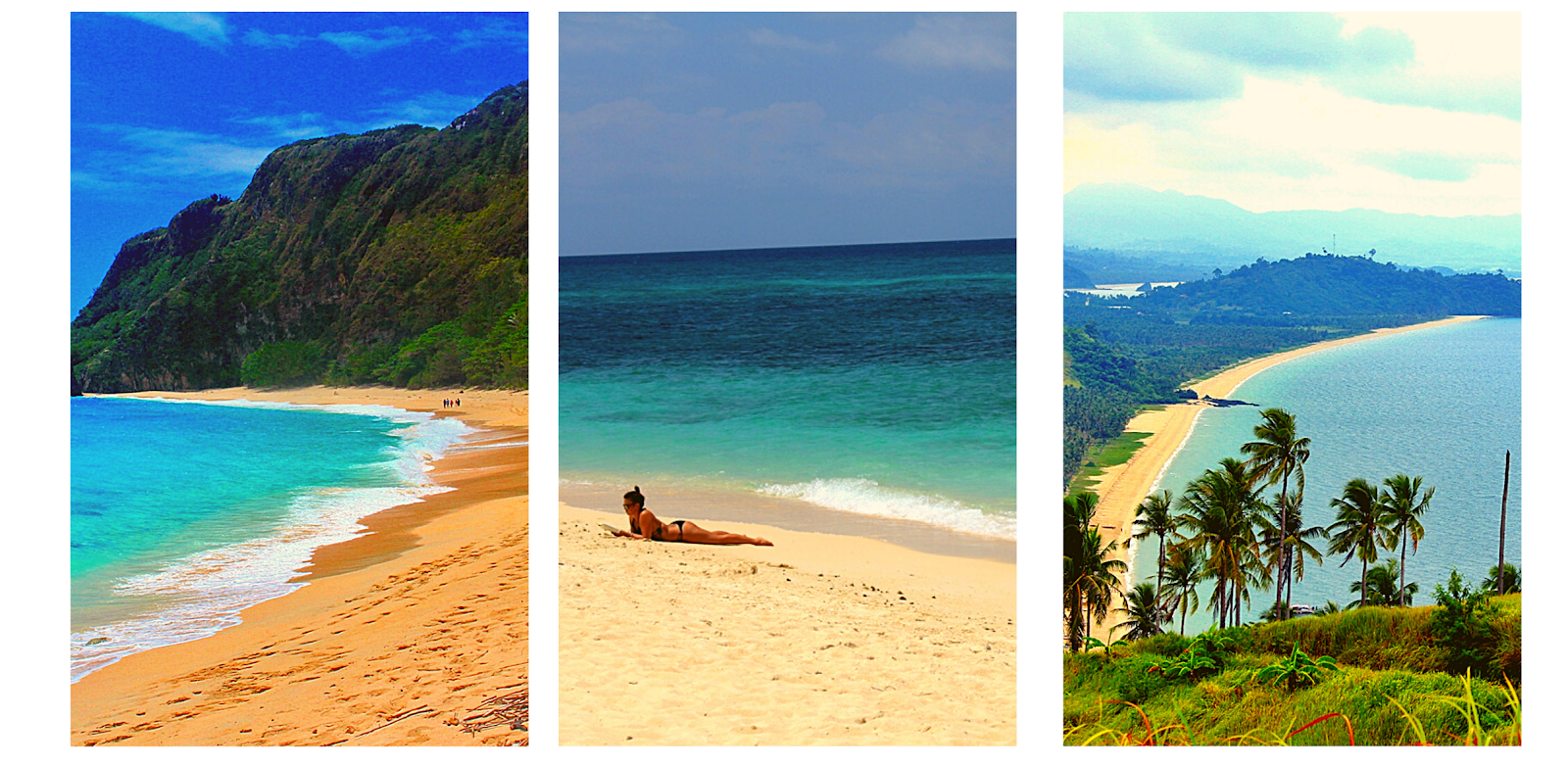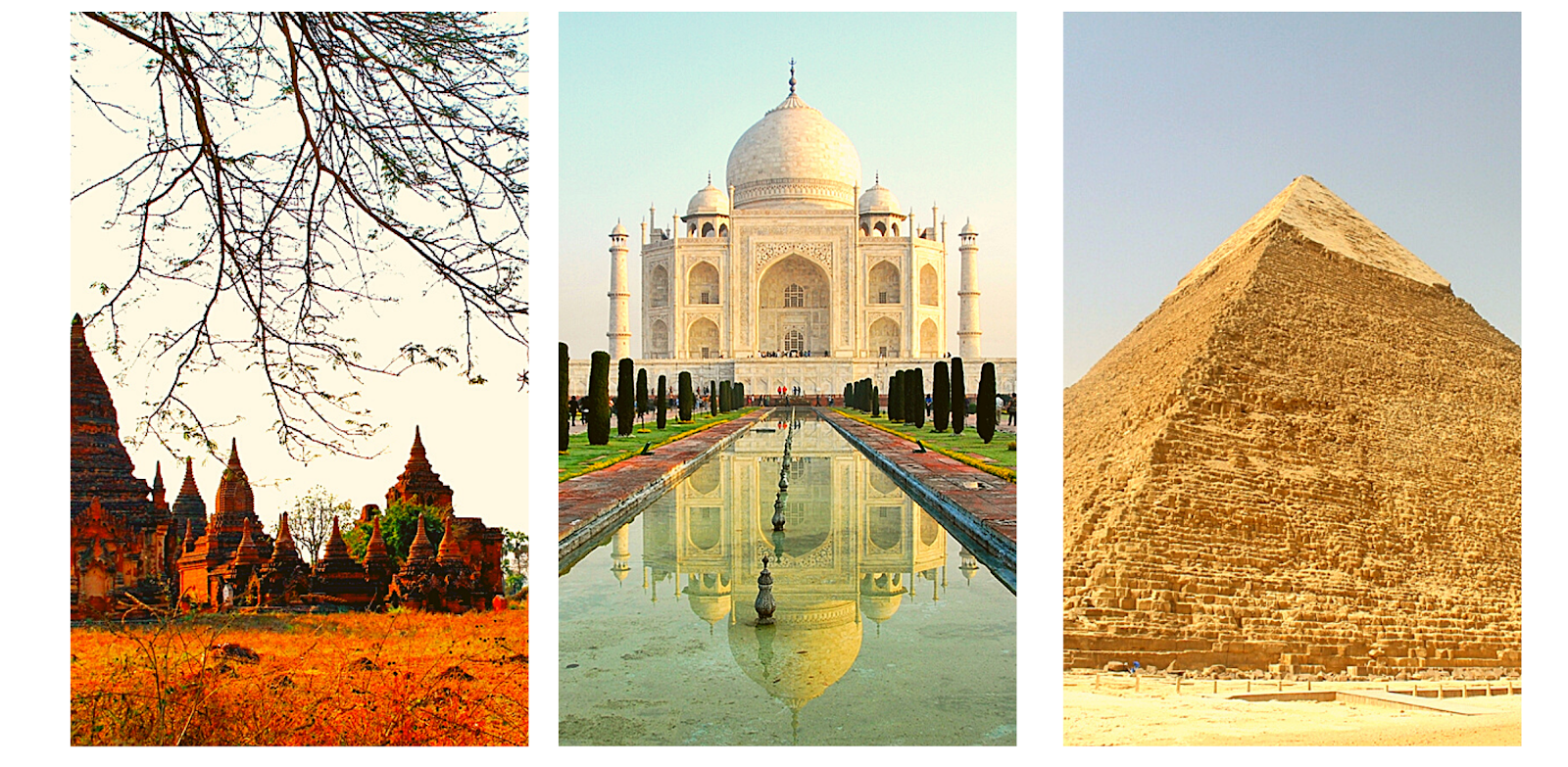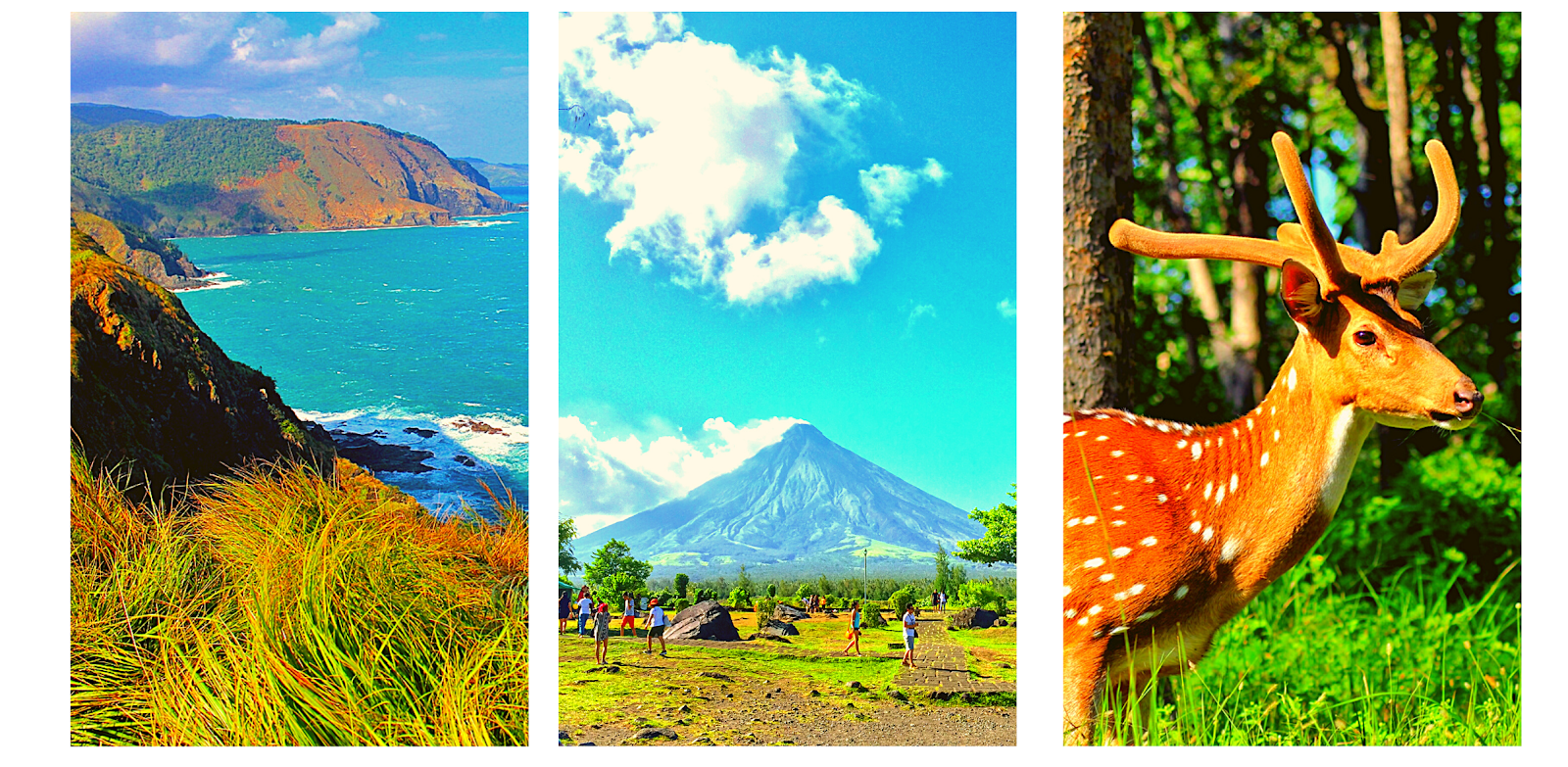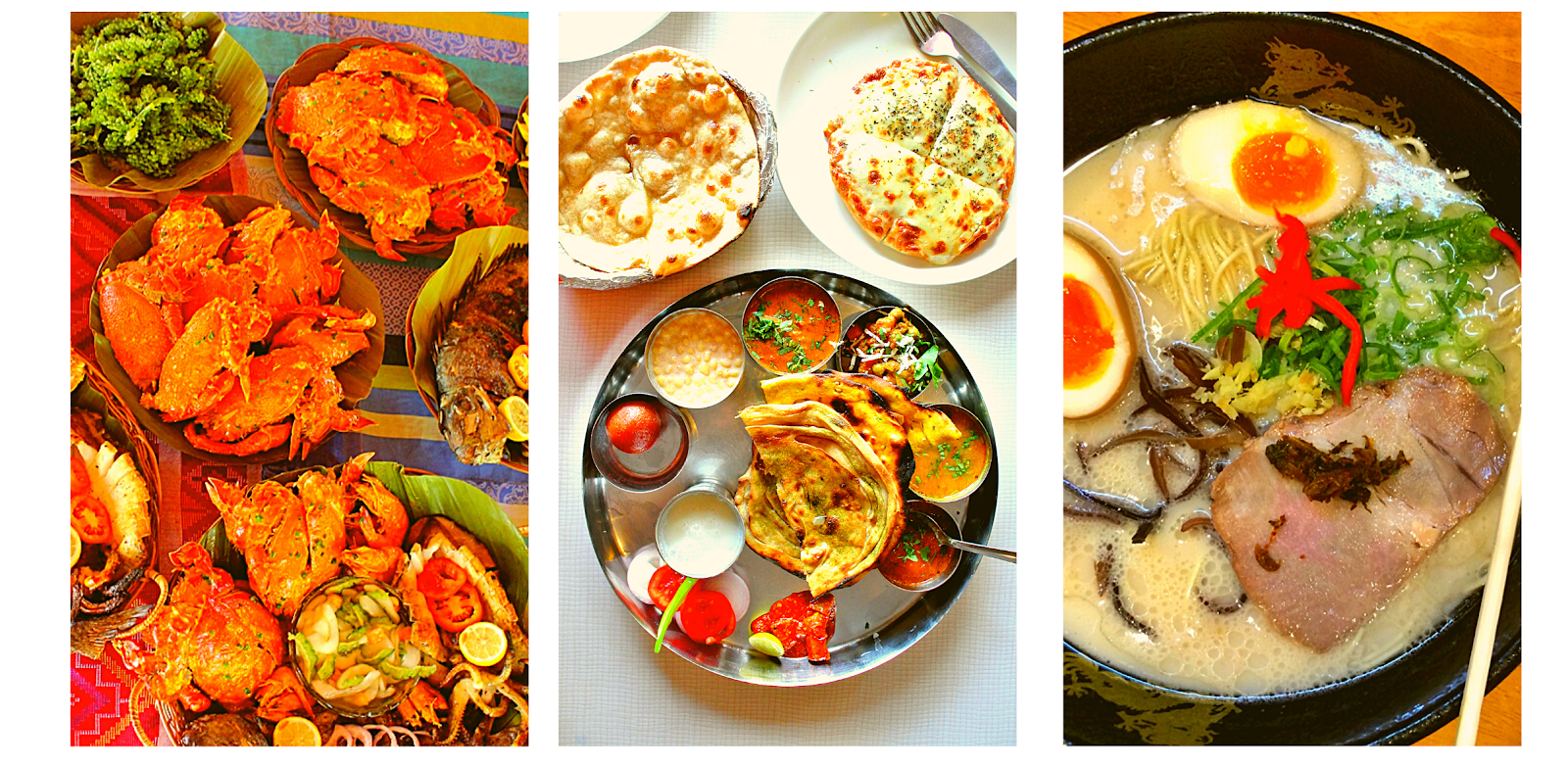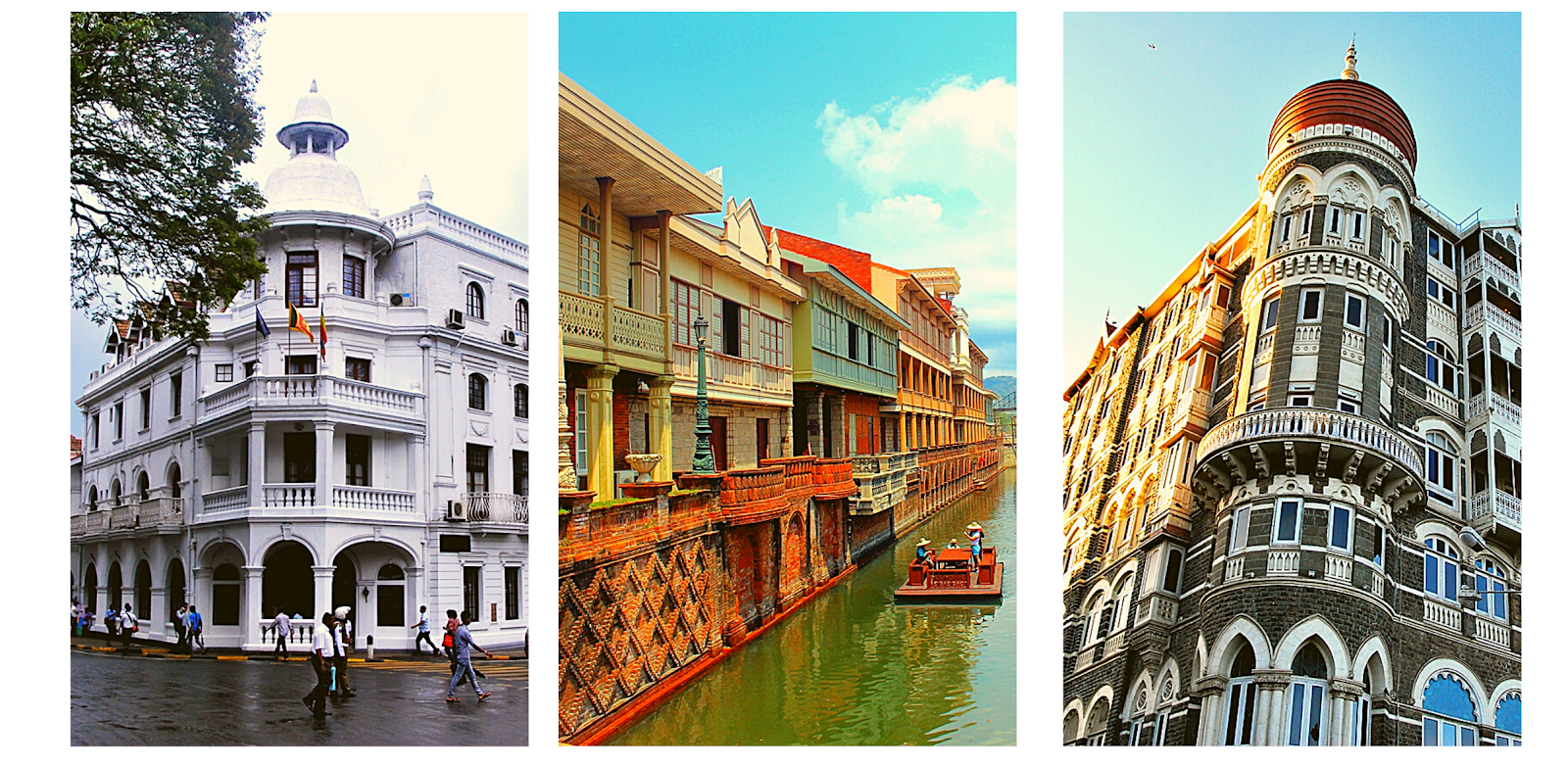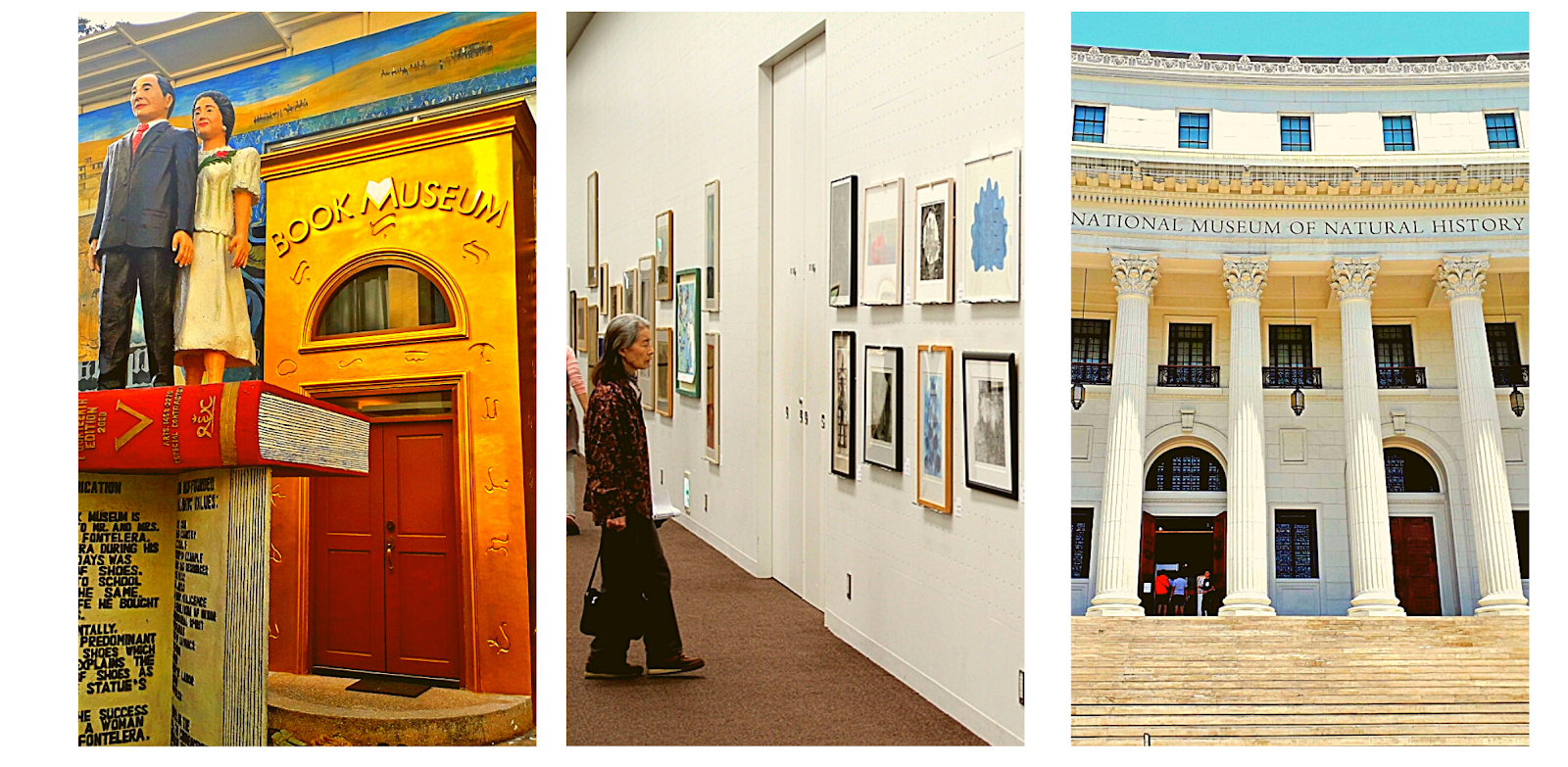I always associate the
swell-filled beaches of La Union to a chill weekend – that’s why when an
opportunity presented itself to go back, I quickly grabbed the chance. I
remember when I was still working in a conventional office, I would head out to
this place just to let my occupational burn-out simmer. I tried learning
surfing to the point of passing beginner’s stage but unlike riding a bike,
learning to surf takes continuous practice. Next time I found myself trying to
get stoked over a surfboard in Lanuza, Surigao del Sur, I crashed and swallowed
nothing but sea water.
 |
| View of the AG Sano-created Sand Art from above |
This time around, my
business of going to La Union has nothing to do with surfing. Instead, I found
myself in the accompany of sea lovers wanting to spread word about the
importance of saving our seas. For most, the idea of sending love to our oceans
constitutes not leaving any traces of trash and not taking home bottleful of
sands. There is however, a previously unknown habit of ours that harms our
seas. Our use of chemicals to protect our skins are found to have deadly
repercussions to the marine life thriving underwater.
| Anna Meloto-Wilk, Co-Founder and President of Human Nature’s |
I am never fond of using
sunscreen not because I am aware of this fact already, rather I am just being
gung-ho and expressing my machismo as if saying ‘bring on the sunburn’. Now, that I am made more conscious about the
harmful consequences of these chemicals, the more I will embrace the kisses of
the sun on my bare skin.
The event I attended was
called “Human Nature Save Our Seas
Coastival” held in San Juan, La Union last weekend of April. The two-day
environmental shindig imparted some important realities about how our daily
personal care habits – like the way we “shower
and slather” -- impacts our seas. The event, which the organizers plans to
repeat every year, hopes to inspire more travelers to take a cognizant approach
in protecting marine life, and this includes being more mindful and limiting
what we bring into the open seas.
| the beautiful ladies responsible for the first ever 'Save our Seas Coastival |
“Saving
Our Seas can be as simple as making sure that what goes down our shower drains
won’t pollute our water ways & affect marine life. What we use on the beach
does end up in open water. Over 5,000 metric tons of sunscreen containing
coral-bleaching ingredients wash off from swimmers annually,”
shares Anna Meloto-Wilk, Co-Founder
and President of Human Nature’s.
That’s it. What protects
your skin from the harmful rays of the sun is what kills off marine life
through the its harmful ingredients. Unconsciously, having a Rambo attitude during my numerous island
hopping stints by not fearing the rays of the sun acquitted me of killing off
coral reefs. But for those who also wants to protect their skin, I know the
question ringing in your mind right now; “is
it still environmentally acceptable to use sunscreen?” Beside, safeguarding
one’s skin health is also as imperative as protecting our massive wealth of
coral reef. The answer to that is a resounding “Yes”.
| AG Sano, explaining the sand art he created for the event |
By no sheer coincidence, Human Nature is also the maker of SafeProtect, the country’s first and
only reef-friendly sunscreen. In manufacturing and marketing their product, it
takes into consideration the statistic stating that “the Philippines is home to 22,484sq.km or 32% of the total area of the
Great Coral Triangle or 9% of the world”. Researchers have estimated that
more than “60% of the world’s coral reefs
are at risk of being impacted by a variety of sources including marine
pollutants present in synthetic sunscreens”. SafeProtect gives beach-goers the option to still use sunscreen while
at the same time ensuring no harmful chemicals will trickle into the coral
reefs.
Human
Nature also states that “Even
more, plastic sachets commonly used by vacationers and plastic microbead-filled
lotions, face scrubs, and toothpaste also contribute to the pollution problem.
Microbeads are only 0.0004 to 1.24 millimeters in size, making them too small
to be filtered out by water treatment facilities. Plastic microbeads can also
enter our food chain -- fishes and other marine animals often mistake these
plastic beads for food. Microbead pollution has become so widespread that the
US has already imposed a ban under 2015’s Microbead-free Waters Act.”
| Participants helping to put the finishing touches to the Sand art |
Just imagining the number of
people who enjoy the many beautiful seas all over our country and multiplying
it with the amount of pollutants they bring into the water puts forth a
troubling image on my mind. While, the event managed to instill
environment-related issues in our mind, having a little bit of fun never took a
backseat.
At around the same time the party
people in Boracay are gearing up for “LaBoracay”,
us participants chilling at San Juan, La Union are witnessing the creation of a
massive “Save our Seas” sand art
being outlined by celebrated muralist and climate justice advocate AG Saño.
Sporting a humble demeanor
he kindly directed us what to do, “Just
smoothen the lines on the sand” he will tell us while we use pieces of wood
as we try to follow the outline he drew earlier.
| Chill afternoon jamming with talented musicians |
In between breaks of creating
art on the sand under the blistering heat of the sun and grinding on healthy
buffet meals, we engaged in various activities such as; poi dancing, capoeira,
and yoga. Pleased for being not forced to do Zumba dancing this time around, I
opted to attend a yoga session with renowned yoga instructor Corey Wills
teaching us a few basic yoga body positions.
I found the hour long lesson
very interesting as it also incorporated some core training techniques,
something I will need to do more in order to summon my missing six-pack abs in
the near future.
| the sea-turtle won't be completed without the art contribution of this writer |
Just before sunset we all
gathered up at the beach and stood in circle inside the big sand art AG Saño
created, while a drone camera flew above us. Waving like little kids as the
drone approaches us, a chorus of cheers erupted kick-starting a mini
celebration. As the spectacular sunset of San Juan, La Union sink slowly in the
horizon, the fiery red sky peppered enough remaining sunlight on the whole
beachhead, covering it with a golden set of colors. The atmosphere turned more
festive while a musical act started playing their song. Everyone was on a
natural high mode.
| Drone taking flight |
This isn’t “nowhere near LaBoracay”, I told myself, delighted at not having to experience
that madness. However, I also realized how fun it is to come out more
environmentally aware after this, of knowing that whatever little things we
bring to our ocean has the potentially to harm it – even in miniscule of ways,
but if we multiply it with our multitudes, the damage it will result will become
catastrophic.
As the drone shots were
passed around that evening, an undeniable message was clearly sent out; to
myself and to the rest of the participants of the first ever Save our Seas Coastival.
Written in giant letters
following a sea turtle; it says “SOS”; a very simple yet direct call
for help. I guess, there is no better time than now, for us to heed the plea of
our seas.
About
the Event
“Human Nature’s partners,
World Wide Fund for Nature, Save Philippine Seas, and Project CURMA in
organizing this two-day event.”

